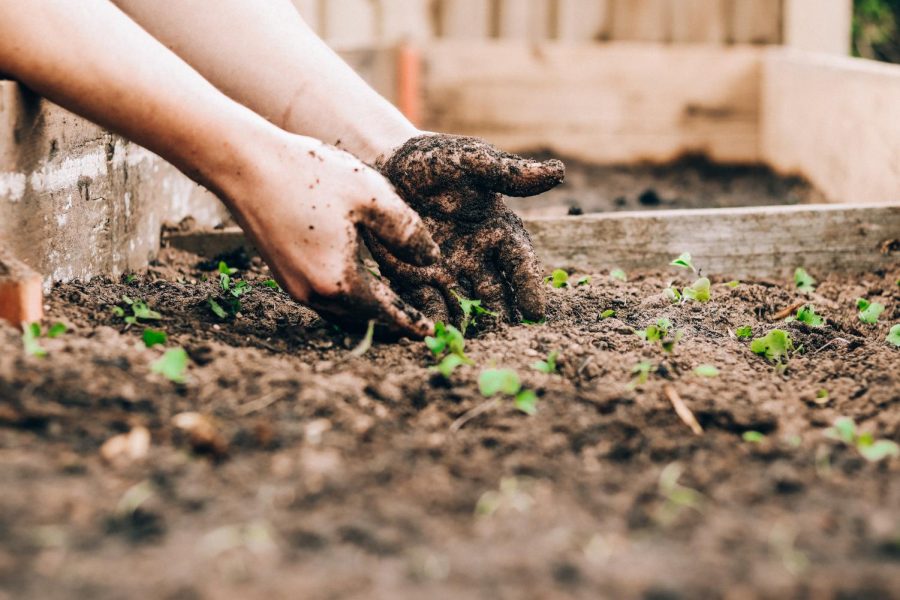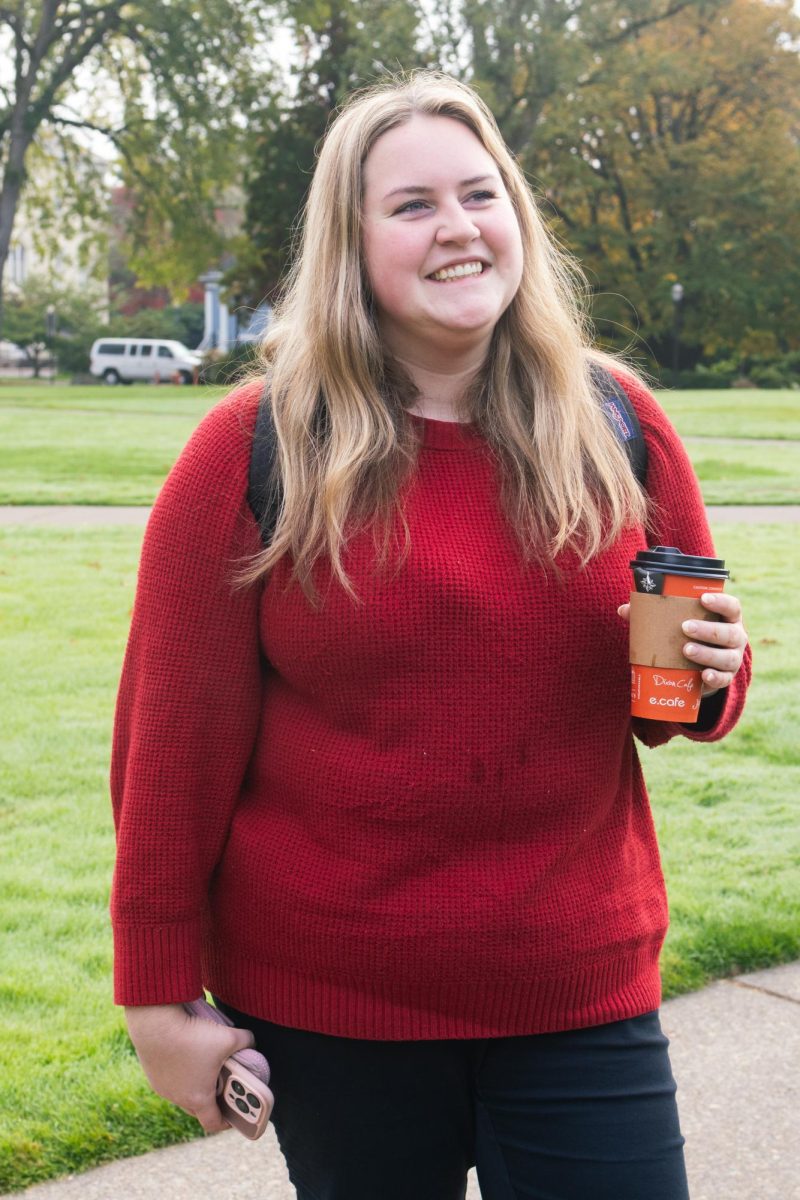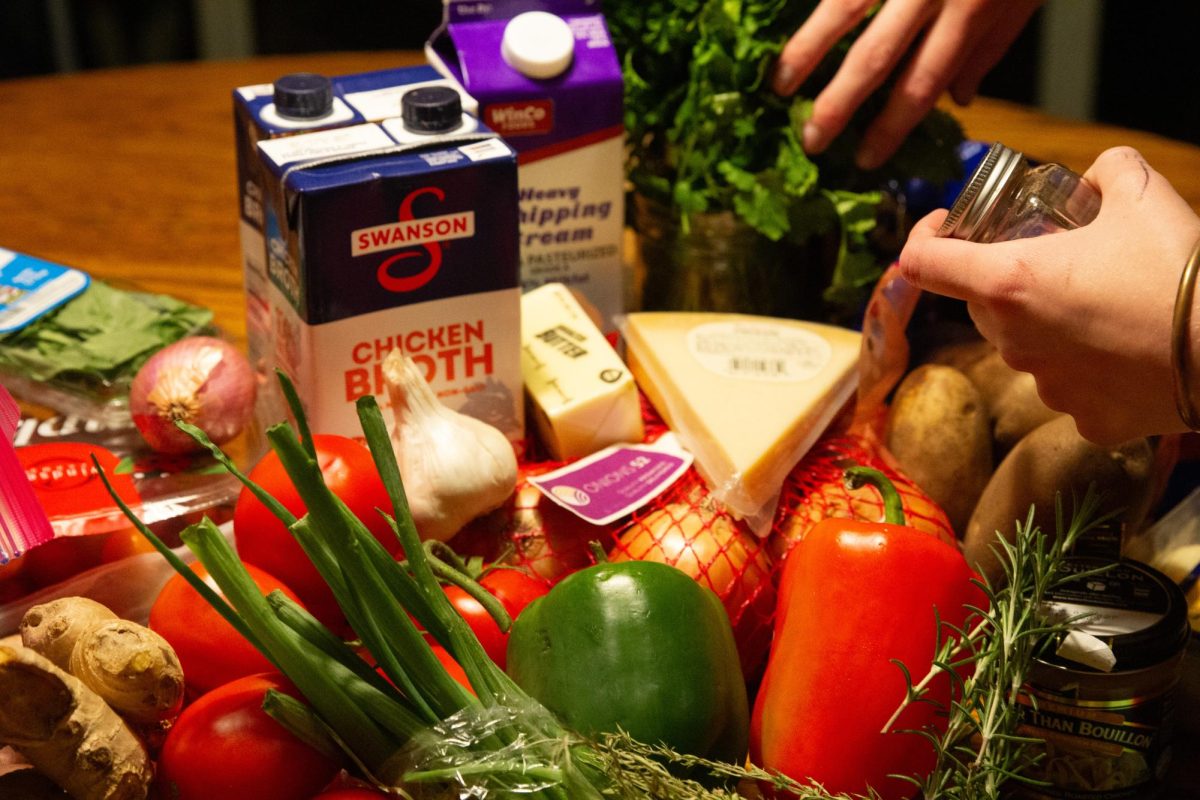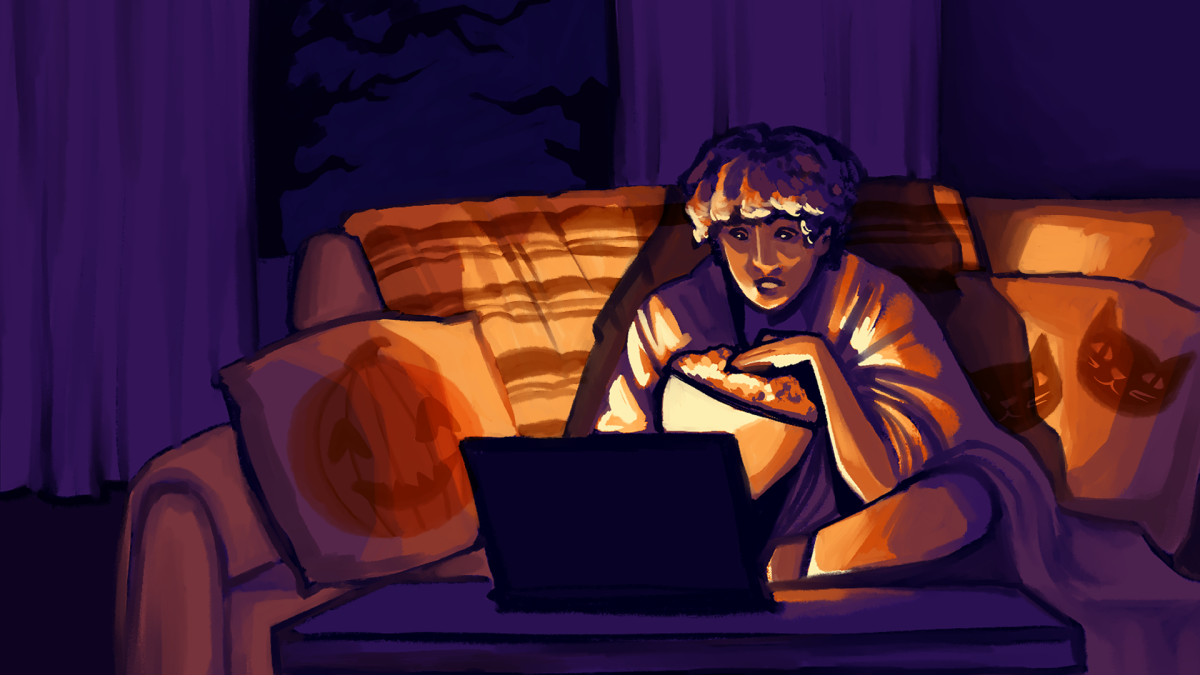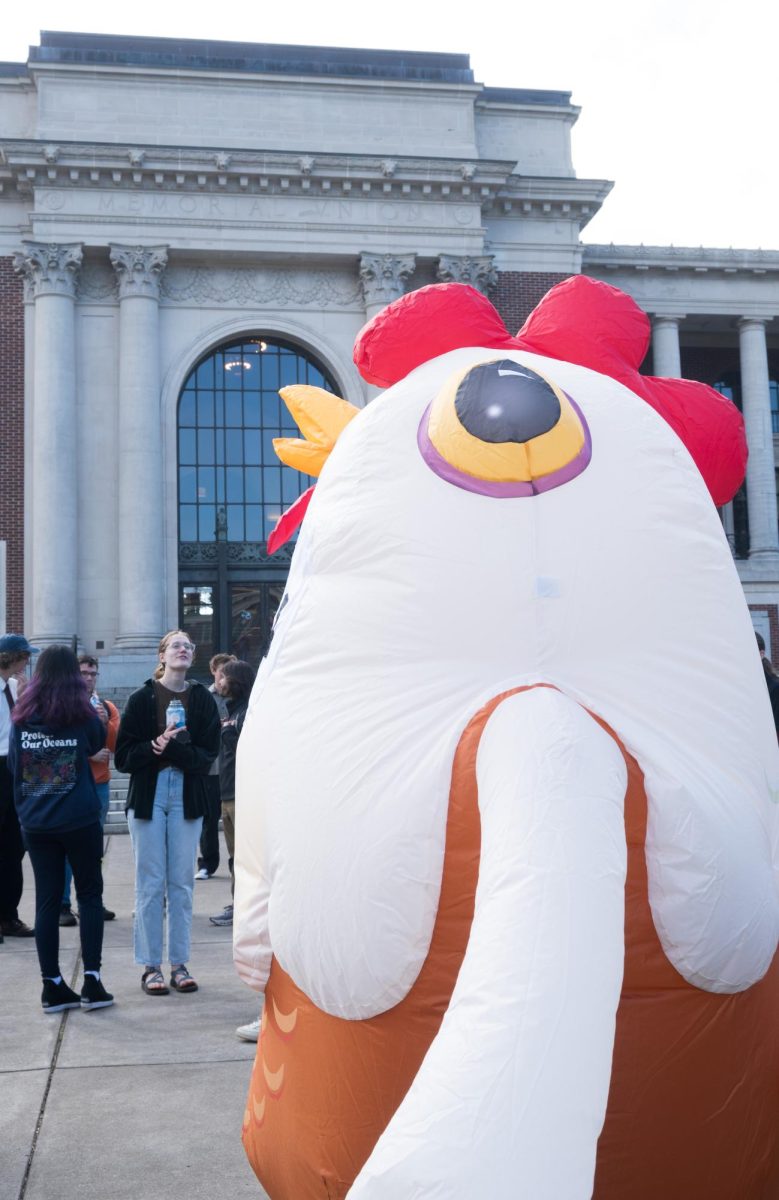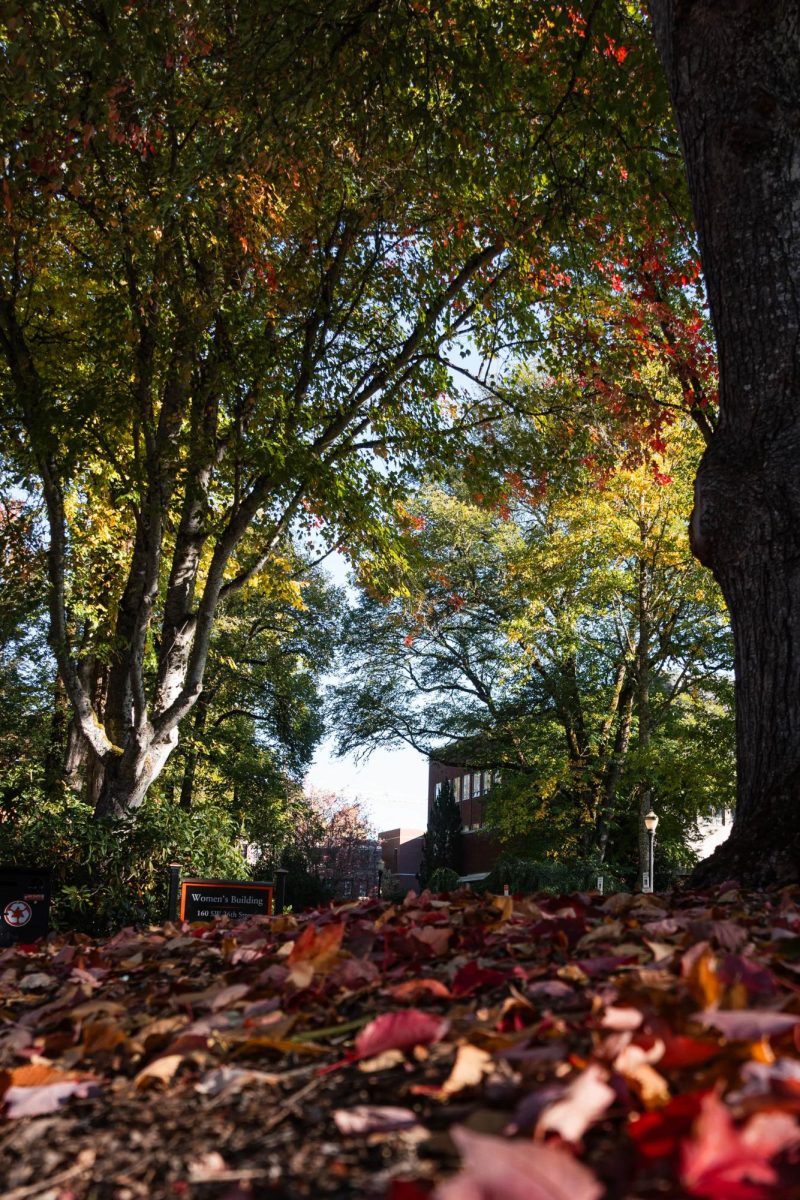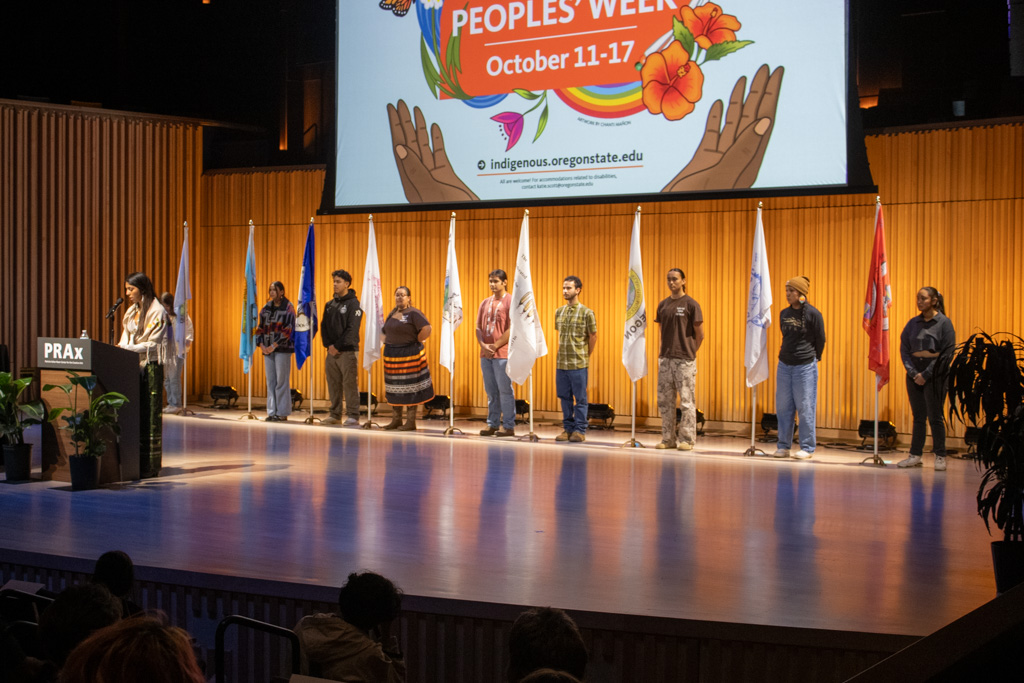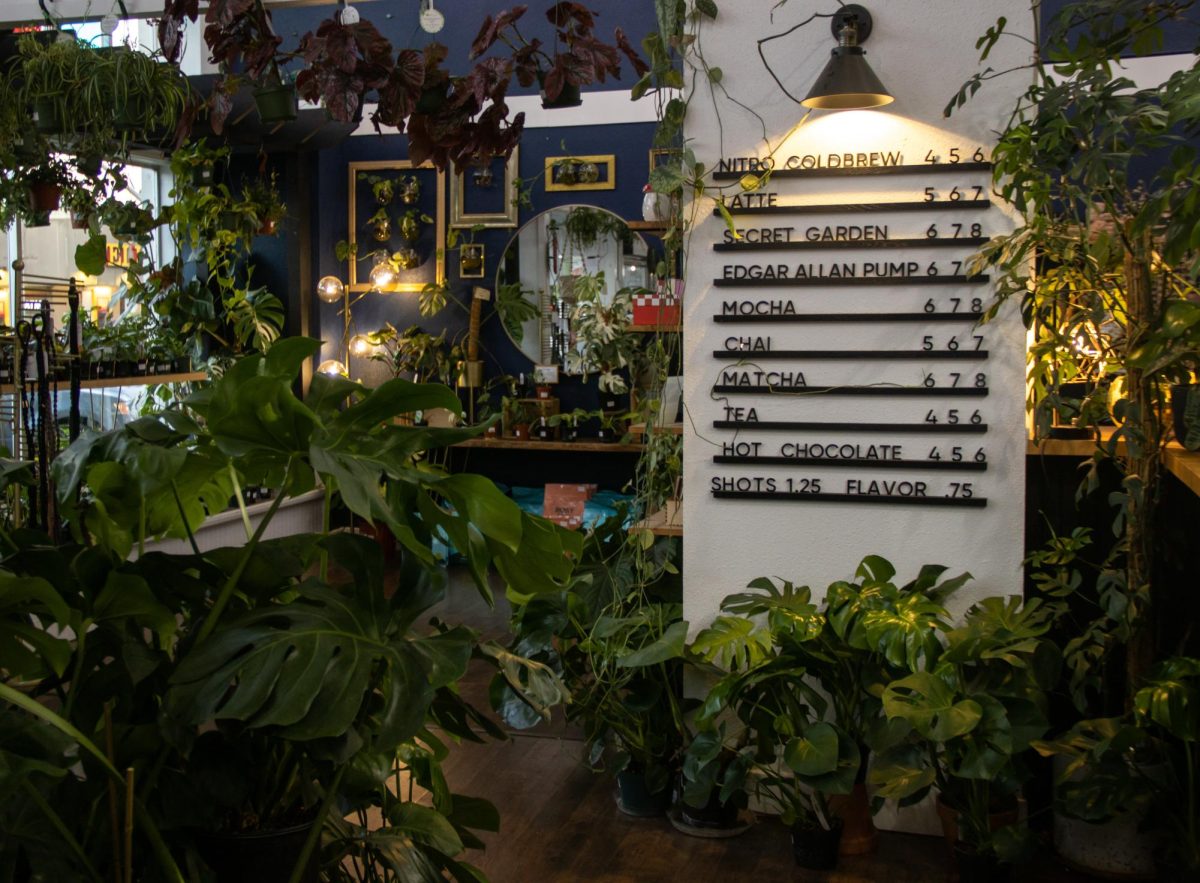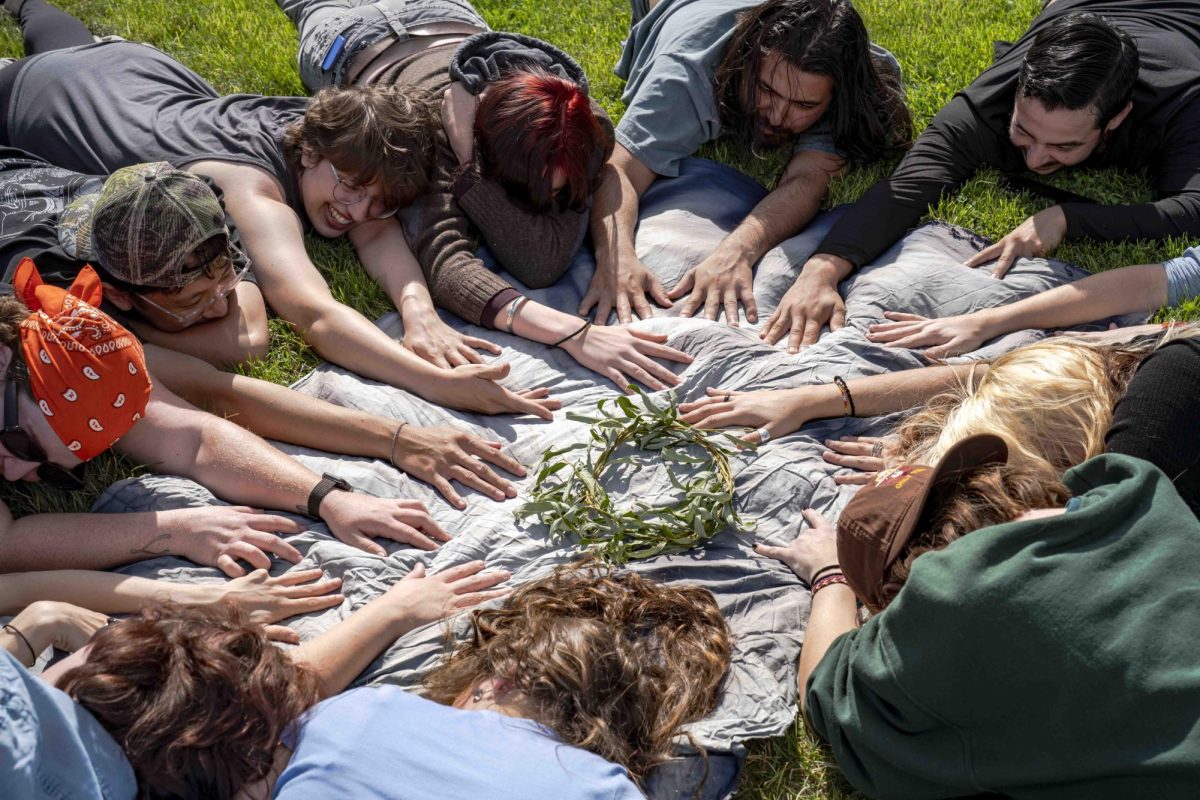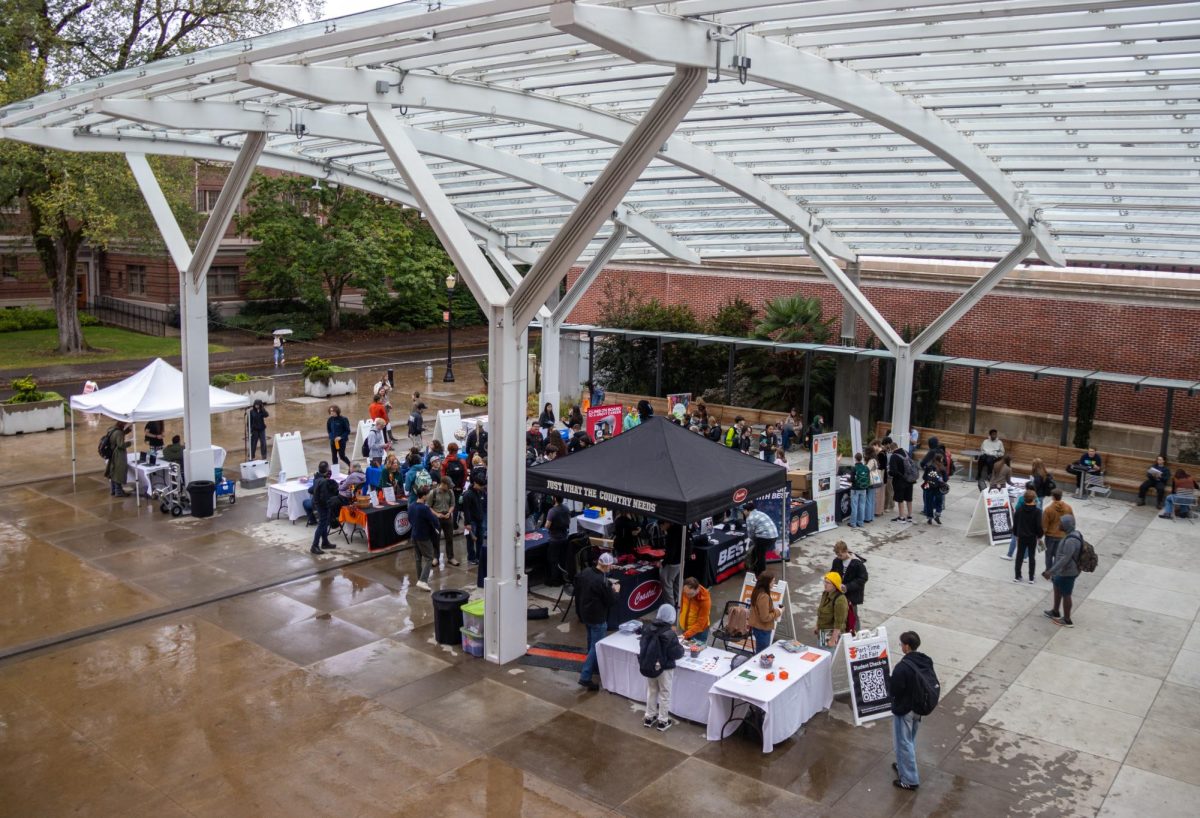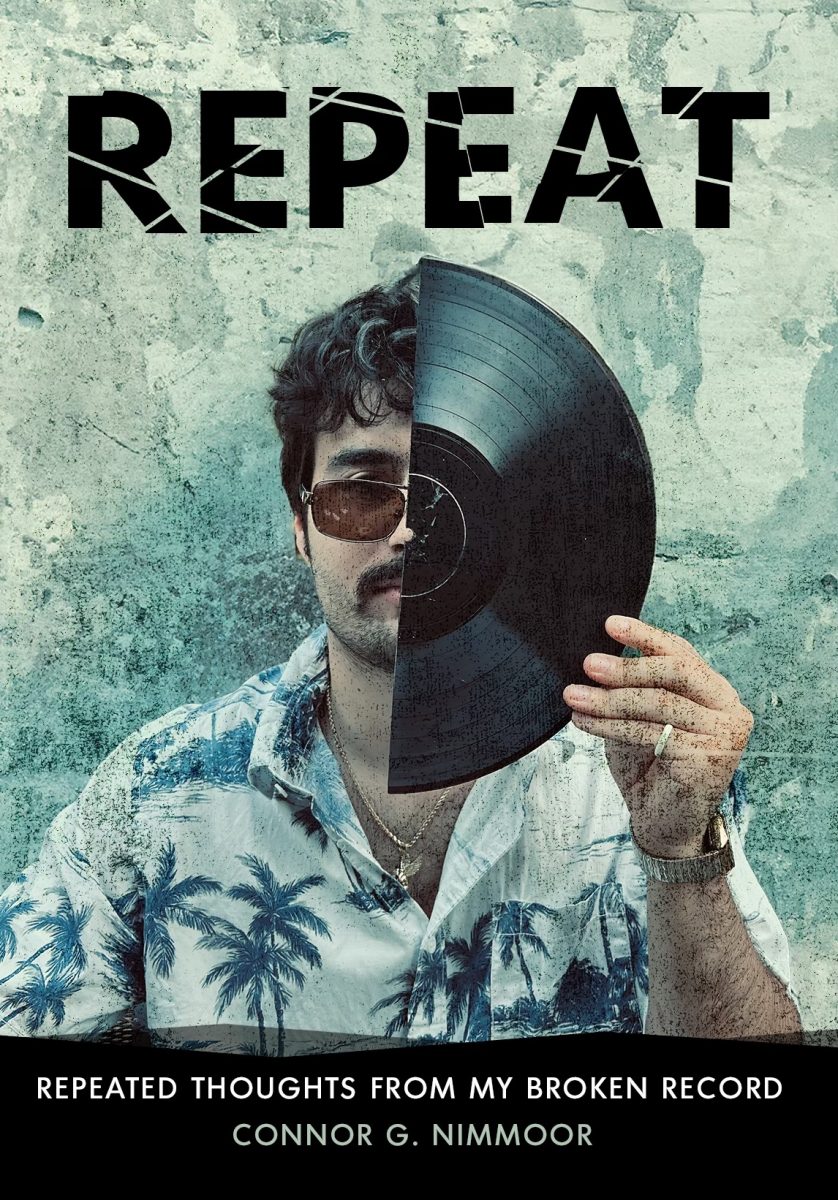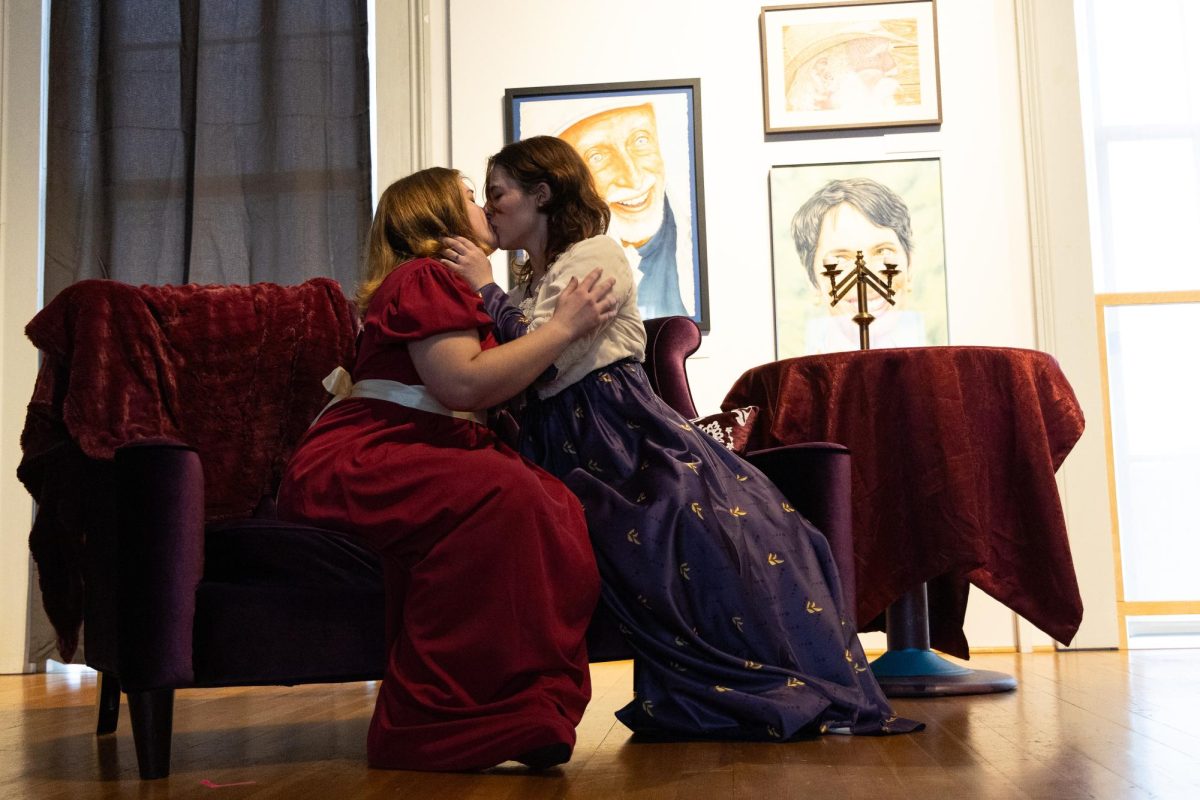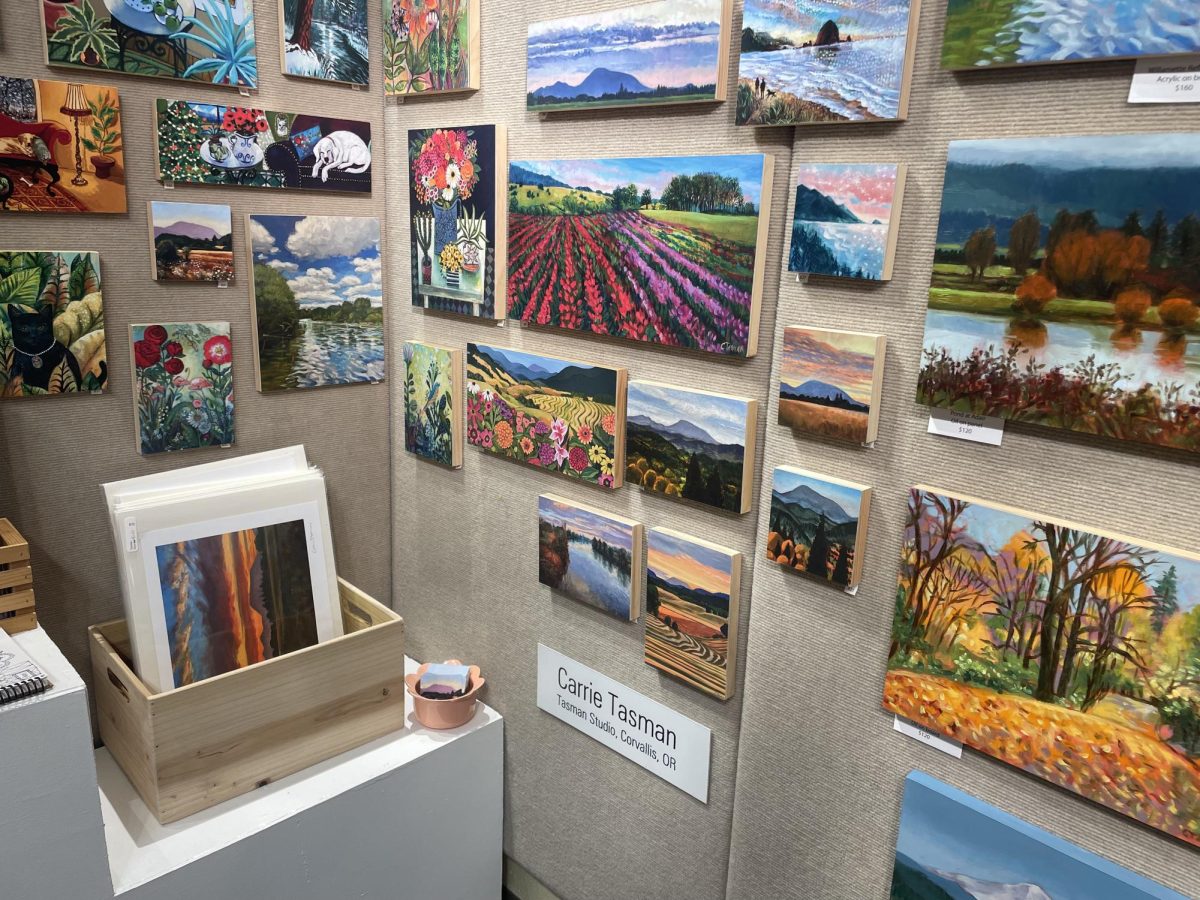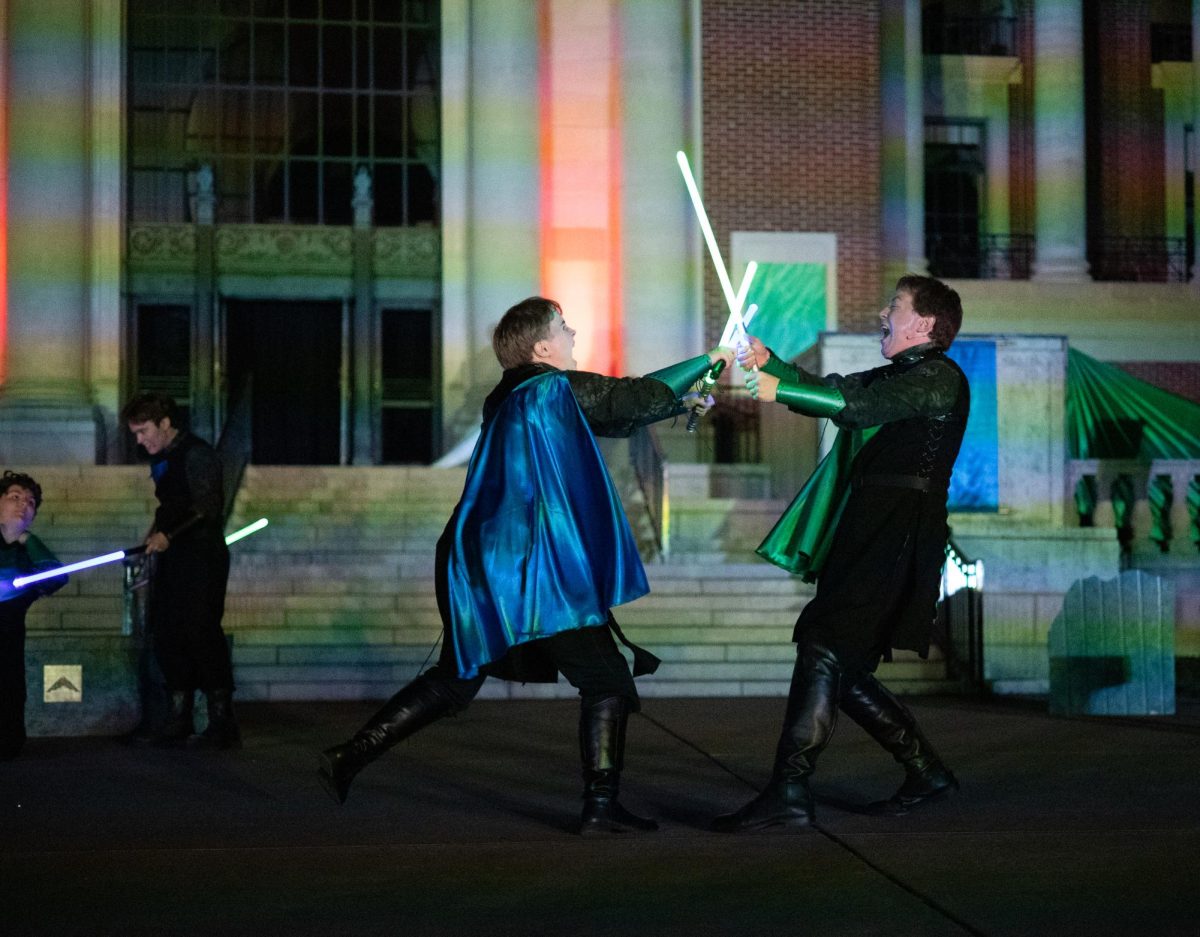The student lifestyle doesn’t provide anyone with much space. Apartments, dorms and other small spaces that students often end up living in can make it difficult to pursue one’s hobbies and interests, especially if one of them is gardening. Fortunately, horticulturist Heather Stoven has some advice on how to make your apartment space work.
Stoven, who works with the Master Gardener program in Yamhill county, has numerous recommendations for growing a garden in an apartment space, ranging from what kinds of plants to grow in low-light or low-space areas to how to care for them.
“I would probably recommend first that you evaluate what kind of space you have,” Stoven said.
The ideal situation for growing plants in an apartment would be to grow them on a South-facing balcony, as it provides the most amount of space and sunlight. However, there are plenty of ways around limitations.
Grow lights are an excellent way to handle low-light issues, and many of them offer schedules where one can have the light on only for certain amounts of time. As lighting and window space are often concerns in small spaces, such an item may be of great help to an aspiring apartment gardener.
“It’s important to be able to raise and lower the lights … especially if you’re going to be growing seeds,” Stoven said.
Raising and lowering the lights can allow these starts to grow more easily, allowing a gardener to lift the lamp to accommodate the increase in size and height.
The most important step here is to assess what qualities you do and do not have to work with and prepare to work from there towards providing an ideal environment. Some plants will grow better with low light as well, such as leafy greens like lettuce.
To start a garden, it is important to set up a watering system, obtain pots or trays that have holes in the bottom, and make sure those pots have a method of catching runoff water. Additionally, it is important to purchase good potting soil from your local garden center.
“You don’t want to use soil from a garden bed outside,” Stoven said.
As for the actual plants, it is considerably easier to use starts, which are plants that have already sprouted, rather than seeds. Seeds will require more light for longer periods of time, making them more difficult to grow.
Herbs specifically are a great choice for small spaces, as they require much less space than most other plants. However, they do require more sunlight, meaning anyone who doesn’t have great lighting may need to purchase a grow light.
This hobby, rewarding as it can be, doesn’t require much time, approximately 30 minutes per week after the initial setup time, according to Stoven. Some harvesting, watering and occasional fertilizing are all one can expect to need to contribute to their garden.
Unfortunately, it is difficult to grow enough vegetables to offset grocery costs in such a small space, but it is entirely possible to supplement one’s grocery bill with a vegetable or herb garden. If saving money is one’s goal, however, growing herbs is considerably more viable, with their smaller space requirements.
Finally, for those who may be concerned about their talents with plants, Stoven said that the best way to develop a green thumb is experience. It isn’t necessarily a talent someone is born with, and, like the plants you’ll be caring for, a green thumb takes time and care to cultivate.
“I think it just takes a little bit of time and experience … Everyone can get there,” Stoven said.
Should anyone need assistance with their gardening, the Master Gardener program is a part of OSU’s Ask Extension service, which is available online, on-campus at 4077 SW Research Way, Ste 107 or by phone call at 541-713-5000. Their office hours are 8 a.m. to 5 p.m. Monday through Friday, with a break from noon to 1 p.m.

